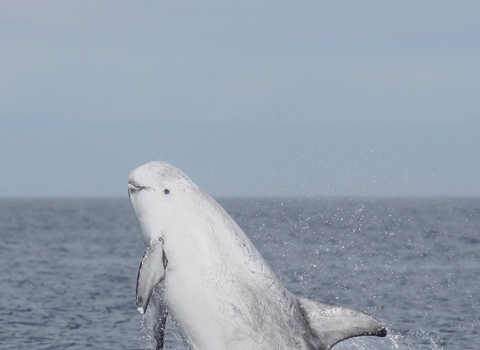What is Shoresearch?
Shoresearch is an amazing opportunity for sea and shore-lovers to develop into budding marine biologists. It’s a Wildlife Trust citizen science project that involves committed volunteers collecting scientific data on all the wonderful plants and animals found on the intertidal shore. So, if you enjoy exploring rockpools and turning over rocks to find all kinds of crabs, seaweeds and fish, why not take it to the next level and help us to search and survey a shore at your nearest Shoresearch event?
Where does it take place?
Shoresearch surveys take place on the shore, but more specifically, the intertidal shore. The intertidal is the area between low and high tide, and because the wildlife found there must survive when in the water (at high tide), but also out of the water (at low tide), it is one of the most interesting habitats found anywhere in the world. Be it stalked jellyfish or the abundant green shore crab, every trip to the intertidal will give you an opportunity to see this wonderful wildlife up close!




